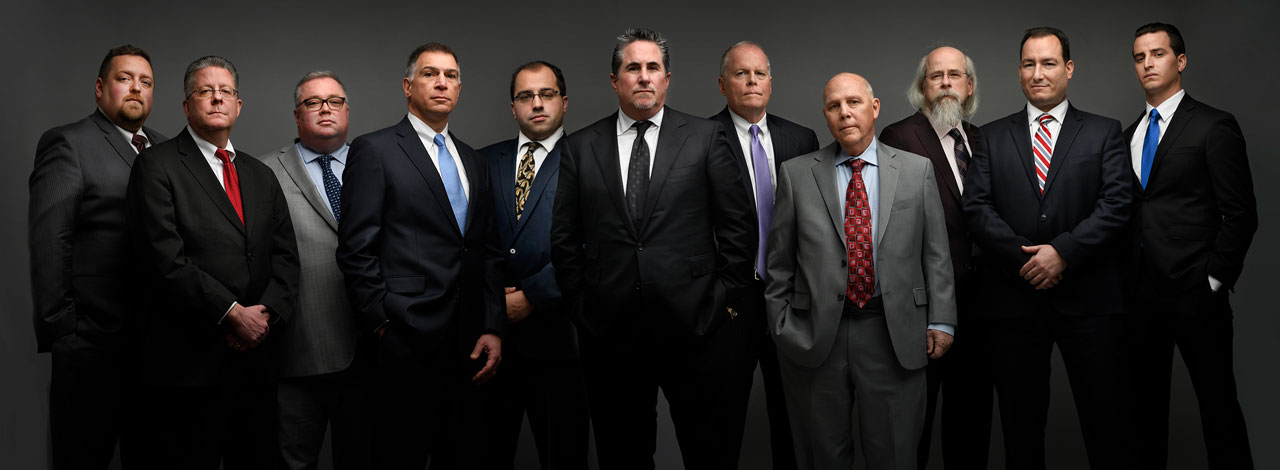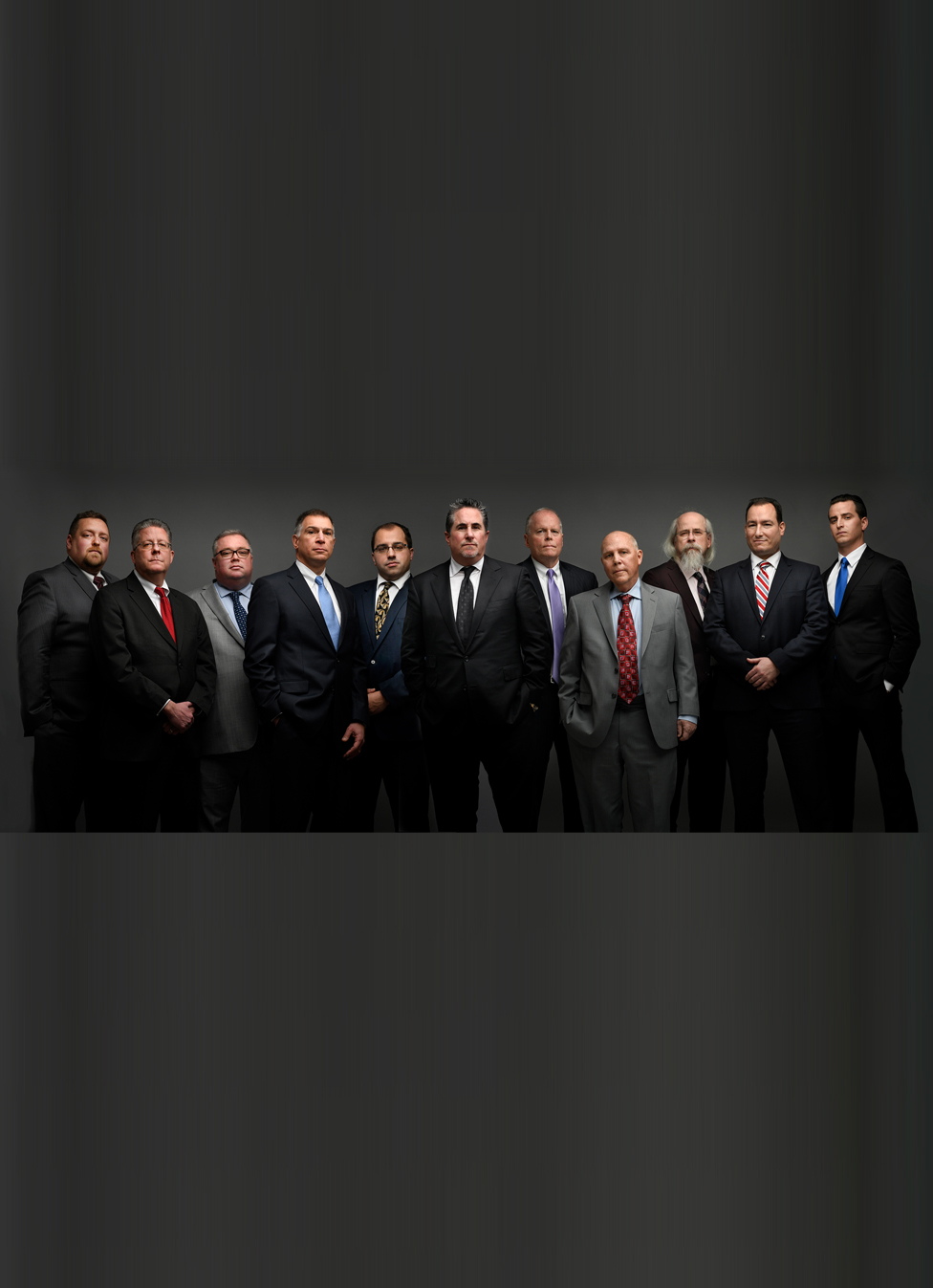Intoxication Defined by the Law
DWI Lawyers, Wall New Jersey
In order to prove a violation of N.J.S.A. 39:4-50, the
One of the options open to a prosecutor under the provisions of N.J.S.A. 39:4-50(a) is to attempt to prove that the defendant operated a motor vehicle while under the influence of either intoxicating liquor, a narcotic, or a hallucinogenic or habit producing drug. The proofs presented at trial may include evidence that the defendant was, at the time of operation, under the influence of any one or several of these substances. But the concept of being “under the influence” is not defined in the statute. Nor has the Legislature provided a specific definition for intoxicating liquor, narcotic, hallucinogenic and habit producing drug. As seen in the following sections, working definitions for these elements has been provided over the years by the case law.
Of course, finding a working definition of the element “under the influence” in the context of a driving under the influence case is one thing. Proving it beyond a reasonable doubt at trial is something else. As discussed below, the element of “being under the influence” must always be proved through opinion testimony. In many instances, the opinion can come from a lay witness. In other cases, the opinion will have to be offered by a qualified expert. The need, in some cases, for expert testimony renders the necessary proofs in an “under the influence” cases markedly different from a prosecution in a per se case, where expert testimony is never required.
Accordingly, the following sections attempt to provide the current working definition of “under the influence” both in the context of an intoxicating liquor case and in a drug case. The sections also explore the proofs and opinion testimony that will be necessary to sustain the State’s burden in an “under the influence” prosecution. Finally, the sections detail new legislative enactments that have vastly expanded the number of substances which, when introduced into the human body, may render the operator of a motor vehicle “under the influence.”


